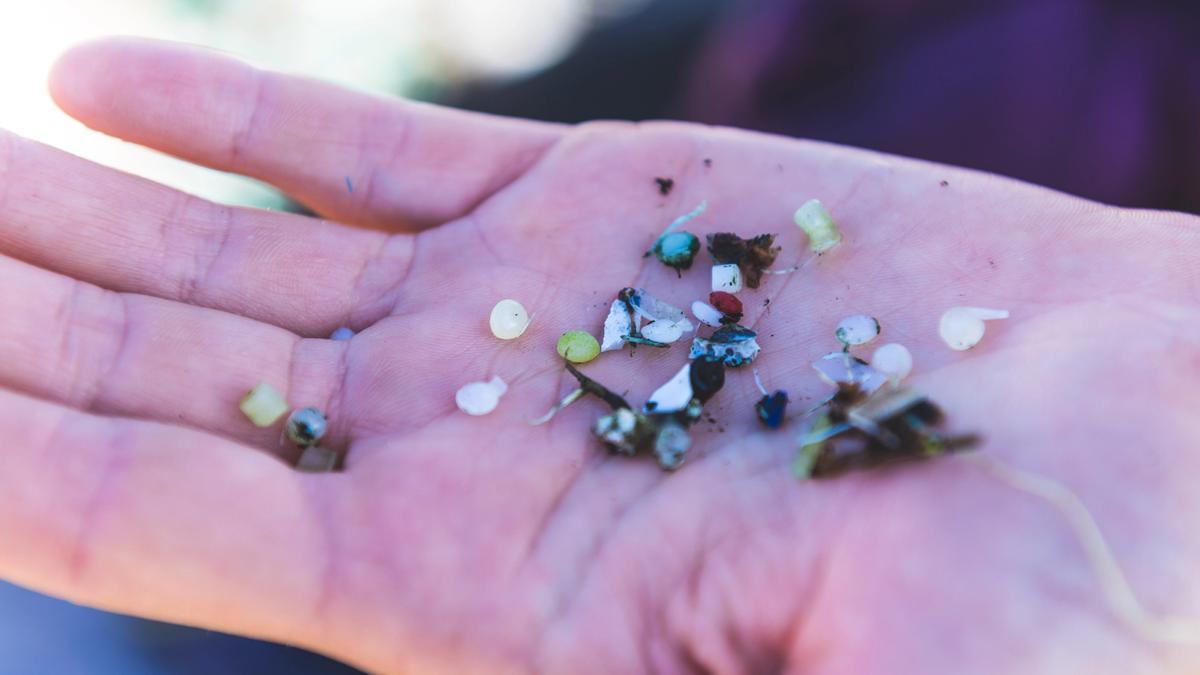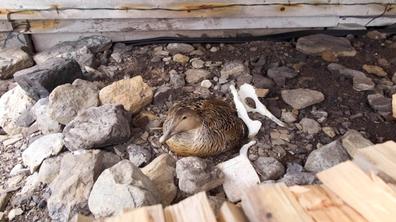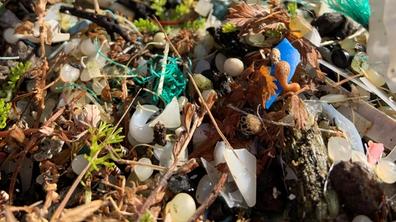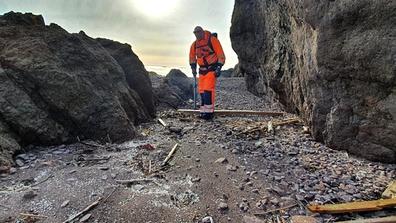Plastic pellets are a type of microplastics made from refined crude oil and other additives. They are shaped like small round plastic balls, in several colours, ranging from between two and four millimetres in diameter. We produce plastic pellets because they are practical to transport and can be used to make new plastic products. Plastic pellets are also called plastic granules and are often referred to as mermaid tears when they end up in the sea.
When plastic pellets end up in the sea
Plastic pellets often end up in the sea as a result of production and during transportation. When plastic pellets end up in the marine environment, they are further transported by ocean currents. Plastic pellets can sink to the seabed, be eaten by various species, transport bacteria and phytoplankton over vast distances or wash ashore along the coast. Due to their small size, clearing plastic pellets is a very demanding task when an accident occurs. Thus, the most important focus is to ensure that plastic pellets do not end up in the marine environment in the first place.
How many plastic pellets end up in the sea?
Annually, it is estimated that at least 450 tonnes of small cylindrical plastic pellets are released, primarily as a result of losses from plastic production (Mepex 2015). This calculation is a national estimate. To date, there is no monitoring or reporting of small to medium-sized discharges of plastic pellets that end up in the sea.





